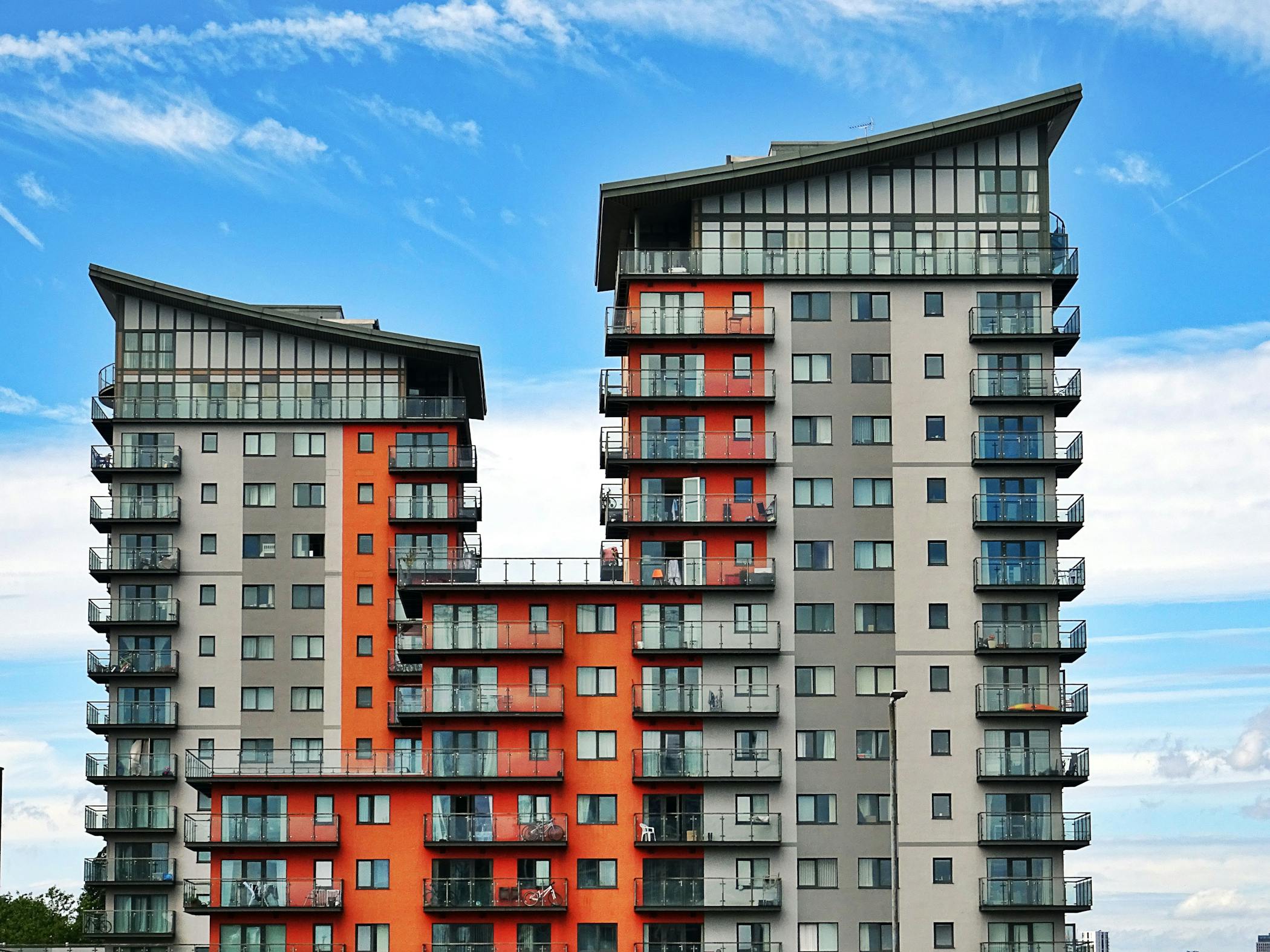If you’ve been keeping an eye on the rental market, July brought some notable developments that could impact both renters and property owners. The national apartment vacancy rate climbed to 7.1% in July, marking the highest level since Apartment List began tracking this data in 2017.
Get a Free Virtual Rental Evaluation Plus a Custom Cost Quote
The Big Picture: A Renter’s Market Emerges
The rental landscape is experiencing a significant shift. After years of rapidly rising rents, we’re now seeing the opposite trend, with national rents dropping 0.8% compared to July 2023. The median rent across the country sits at $1,402, and for the first time in a while, rents remained flat from June to July during what’s typically the busiest moving season.
This change isn’t happening in a vacuum. The massive construction boom of recent years is finally catching up with demand. Last year alone, more than 600,000 new multifamily units entered the market – a staggering 65% increase from 2022 and the largest single-year addition since 1986.
What This Means for Renters
The current market conditions are creating opportunities for renters that haven’t existed in years. Landlords are finding it takes an average of 28 days to lease units after listing them, giving prospective tenants more negotiating power and choice. While this is slightly longer than June’s timeframe, it’s actually an improvement from the 37-day average we saw in January.
With vacancy rates at record highs and rent growth stalling during peak moving season, renters may find landlords more willing to negotiate on price, offer incentives, or provide better lease terms.
Regional Variations Tell Different Stories
The rental market isn’t uniform across the country. While 37 of the nation’s 54 major metropolitan areas (those with populations over 1 million) saw rent increases from June to July, less than half are experiencing positive growth compared to last year.
Markets Seeing the Biggest Declines
Markets Still Growing
These regional differences largely reflect where the construction boom was most intense, with previously hot markets like Austin and Denver now dealing with oversupply.
Looking Ahead: What to Expect
The current supply wave appears to be receding, but the effects are still working through the market. Construction activity delivered above-average unit counts in the first half of 2025, though the pace is expected to slow significantly in the second half of the year and into 2026.
However, market predictions are complicated by broader economic uncertainty. Macroeconomic factors, including policy changes from the Trump administration such as tariffs, are creating additional uncertainty that may be dampening rental demand during what should be the peak moving season.
Read Our North Carolina Rental Owner / Investor Frequently Asked Questions (FAQ)
Read Our South Carolina Rental Owner / Investor Frequently Asked Questions (FAQ)
The Bottom Line
For renters, the current market represents the best conditions in years, with more choices, stable prices, and increased negotiating power. Property owners and investors should prepare for continued challenges in the near term, though tighter market conditions are expected to return as construction slows and the current oversupply is absorbed.
As one industry analyst noted, “All of our key indicators are pointing toward ongoing sluggishness in the multifamily rental market.” While this presents challenges for landlords, it’s creating opportunities for renters that may not last indefinitely.
Whether you’re looking to rent or own, understanding these market dynamics can help you make more informed decisions in the months ahead.
To read more visit, Apartment rents drop in July as vacancies move to multiyear high.











